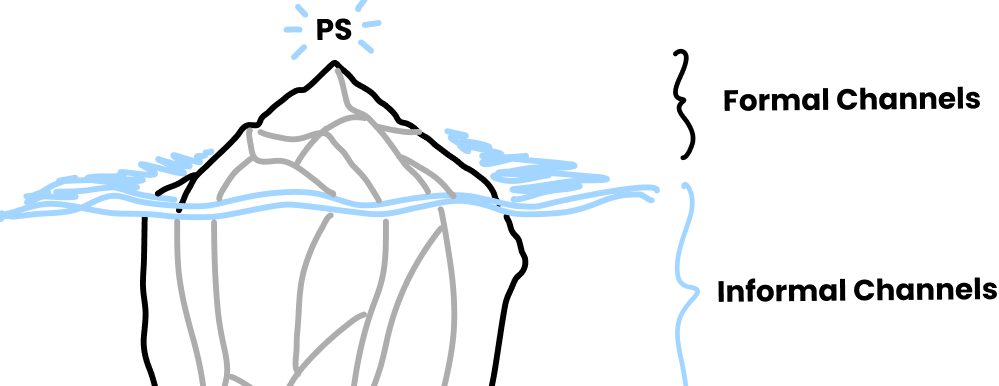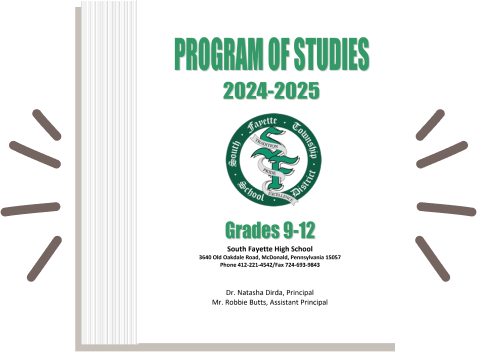The Problem
Valuable but not Valued: The Program of Study (PS) has valuable information, but it’s underutilized by students.
The PS is created by teachers, counselors, and admin. It is the official repository of course information, such as titles, descriptions, and prerequisites. It also intends to communicate information about courses to students and parents. However, in a sample of 17 students intercepted during lunch periods, 11 of them said they were not aware of the PS.
The Paradox of Plenty: While students appreciate the choices available to them, the current form of the course catalog makes the variety a burden.
Even if students do read the PS, they are overwhelmed by 100+ of pages of dense text. Even counselors, who are expert users of the PS, recognize the pain points associated with the density of information. The difficulty of accessing information hinders the ability for students to discover relevant courses and explore their interests.

So where are students actually getting the information they need?
Informal Influence: Informal networks significantly enhance the range of information guiding students' course decisions.
The Program of Studies, along with other formal resources like grade level scheduling assemblies, are only a few of the available sources of information. In addition to course titles and descriptions, students consider teaching style and quality, difficulty level, relation to interests, and more factors when weighing choices. Usage of the documented information seems to vary widely, but almost all students we spoke to used word of mouth to inform their course selection. They talked to peers, family, staff, and more. While students may reap valuable information from others, this strategy can also invite bias, misinformation, and pressure.
The PS is only the tip of an iceberg...






